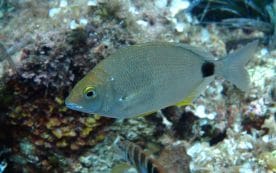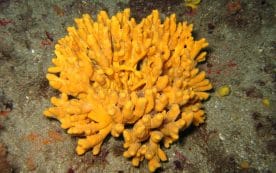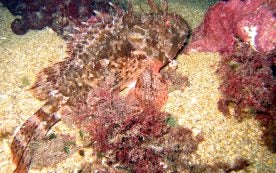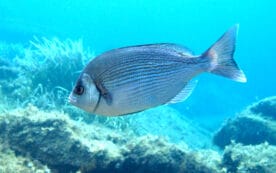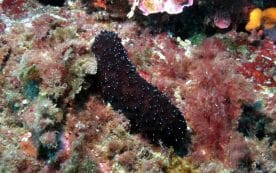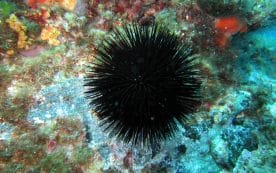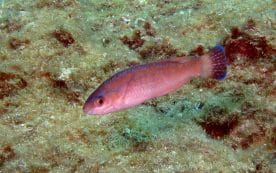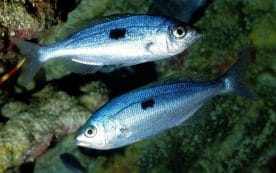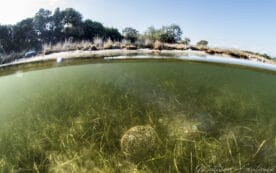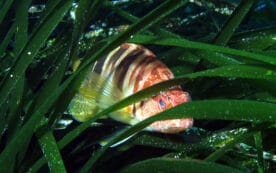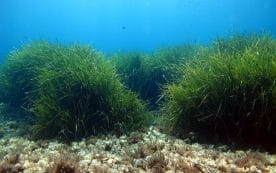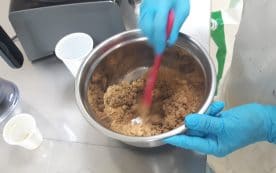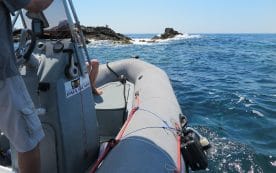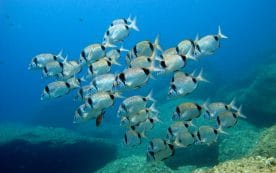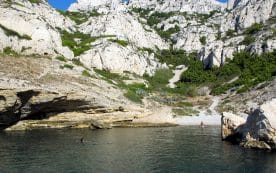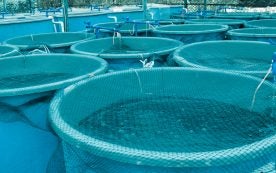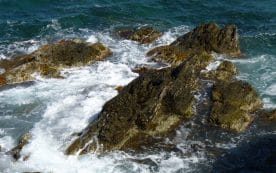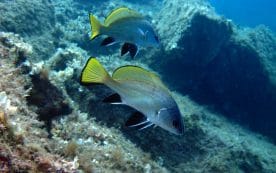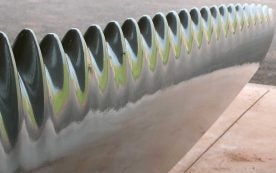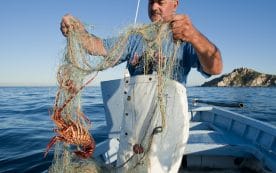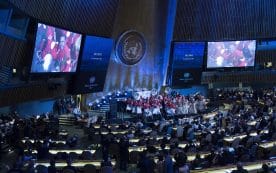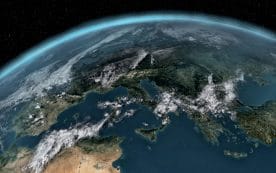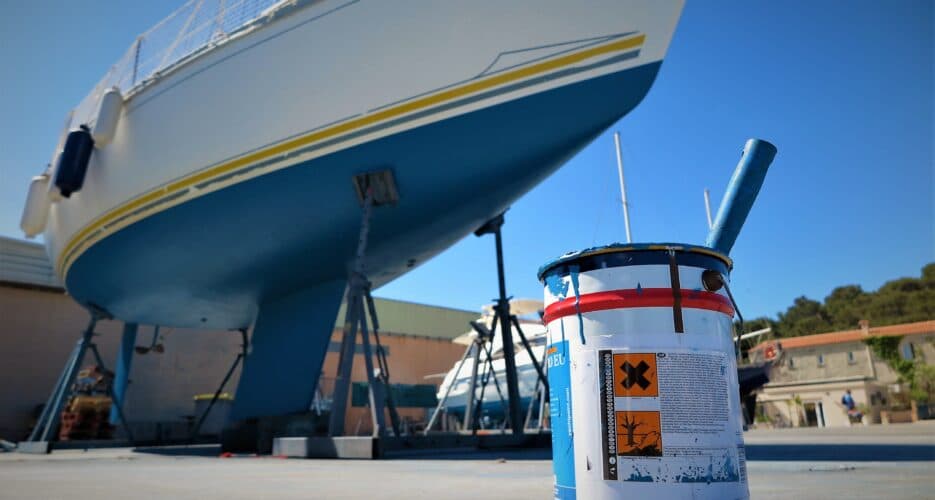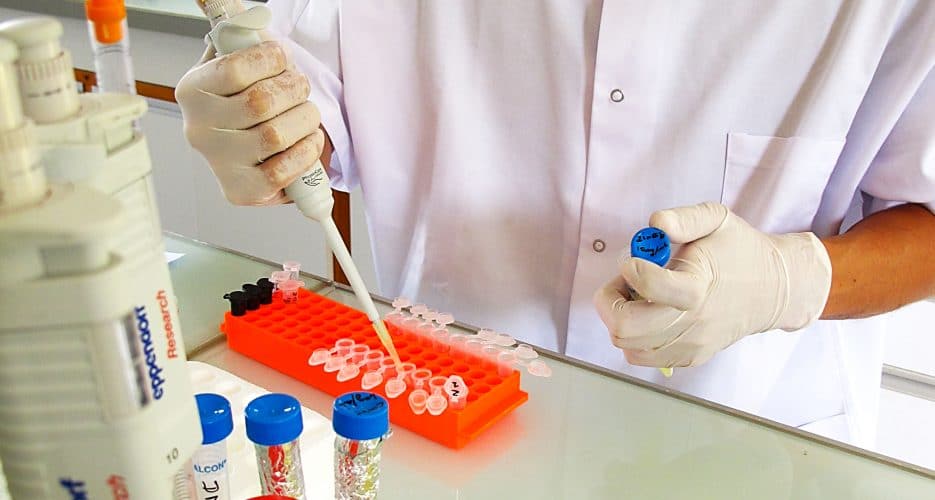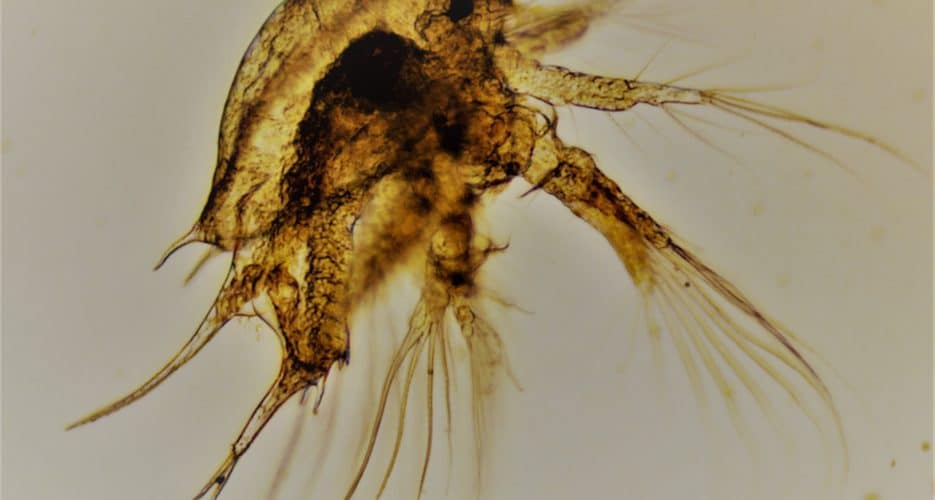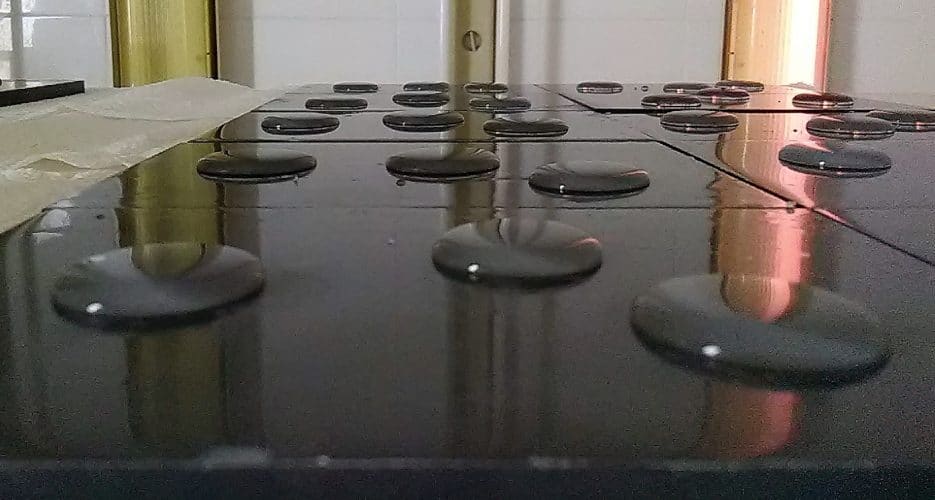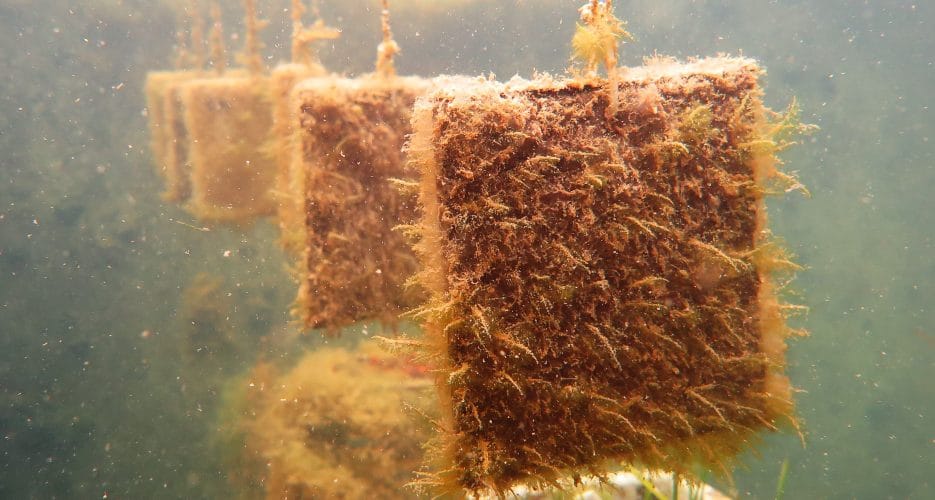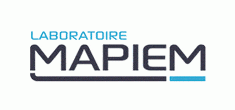Context
Even though some of their ingredients are now banned, traditional antifouling paint remains highly polluting (Amara et al., 2018). It is used on boat hulls but also on many fixed installations such as hydro-turbines, pipelines and port structures. Given its potential impact on marine ecosystems, this is a major sustainable development issue that demands that we find ways to replace this paint with clean, nature-based solutions.
Programme
The Paul Ricard Oceanographic Institute’s MARINA (MARINe Antifouling) programme is a partnership with MAPIEM [1], a university laboratory, aimed at using natural molecules to play the same role i.e. prevent fouling organisms from attaching themselves, but without releasing harmful chemicals into the environment.
Researchers are looking at what nature already does, a principle known as bio-inspiration or biomimetics. Many marine species have evolved by developing multiple strategies to protect themselves from biofouling. For example, sponges, corals and algae can secrete particularly effective repellent molecules (Dobretsov et al., 2013 ; Qian et al., 2015 ; Dahms & Dobretsov 2017 ; Saha et al., 2018).
The challenge is to isolate promising molecules then develop reliable and reproducible methods to test their performance.
[1]Toulon University, laboratory specialising in polymer materials and their interfaces with the marine environment
Phase 1
The MAPIEM lab isolated several natural molecules from the brown seaweed T. atomaria or from tropical microalgae. A series of tests showed that they had an antifouling effect on bacterial biofilms [1] and on encrusting crustaceans such as barnacles (Othmani et al., 2016 ; Réveillon et al., 2018).
[1] A cluster of microbes forming a thin, slimy layer on a natural or artificial surface, the first stage of colonisation on many materials.
Phase 2
Phase 2 of the research programme involves developing innovative next-generation tests for evaluating the anti-macrofouling performance of new molecules or coatings (Briand, 2009). This bio-test uses the spores of Ulva rigida, commonly known as sea lettuce, combined with tests using other surface-colonising species like barnacle larvae. The chlorophyll fluorescence of the sea lettuce spores is used as a quick and indirect way to measure the rate at which the spores attach to the surface when the natural molecules or coatings are present, thereby gauging their antifouling properties. Moreover, by using phylogenetically distinct marine organisms – algae (sea lettuce) and crustaceans (barnacles) – as biofouling indicators, researchers can estimate the spectrum across which the molecules or coatings will be effective.
Last updated on : 28 February 2019
Amara Intissar, Miled Wafa, Rihab Ben Slama & Ladhari Neji. Antifouling processes and toxicity effects of antifouling paints on marine environment. A review. Environ Toxicol Pharmacol (2018) Jan;57:115-130.
Sergey Dobretsov , Raeid M.M. Abed & Max Teplitski (2013) Mini-review: Inhibition of biofouling by marine microorganisms, Biofouling, 29:4, 423-441
Pei-Yuan Qian, Zhongrui Li, Ying Xu, Yongxin Li & Nobuhiro Fusetani (2015) Mini-review: Marine natural products and their synthetic analogs as antifouling compounds: 2009–2014, Biofouling, 31:1, 101-122
Dahms, Hans Uwe, & Sergey Dobretsov. Antifouling Compounds from Marine Macroalgae. Marine Drugs 15.9 (2017): 265. PMC.
Mahasweta Saha, Franz Goecke, & Punyasloke Bhadury. Minireview: algal natural compounds and extracts as antifoulants. J Appl Phycol. (2018) 30(3): 1859–1874.
Othmani Ahlem, Bunet Robert, Bonnefont Jean-Luc, Briand Jean-François, Culioli Gérald – Settlement inhibition of marine biofilm bacteria and barnacle larvae by compounds isolated from the Mediterranean brown alga Taonia atomaria. Journal of Applied Phycology (2016) 28(3), 1975-1986.
Réveillon Damien, Tunin-Ley Alina, Grondin Isabelle, Othmani Ahlem, Zubia Mayalen, Bunet Robert, Turquet Jean, Culioli Gérald & Briand Jean-François – Exploring the chemodiversity of tropical microalgae for the discovery of natural antifouling compounds. Journal of Applied Phycology (2018) in press.
Briand, J.F. Marine antifouling laboratory bioassays: An overview of their diversity. Biofouling (2009) 25, 297–311

